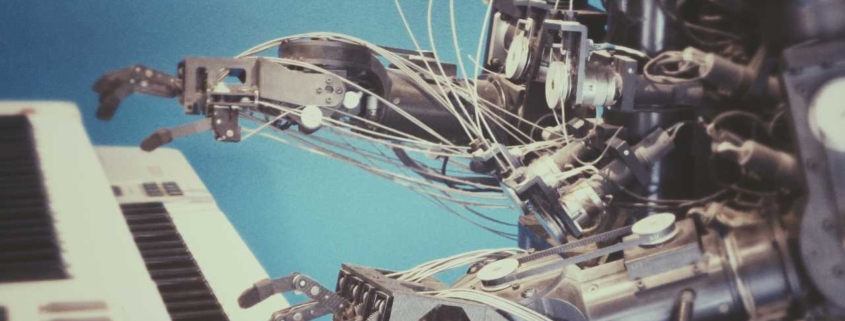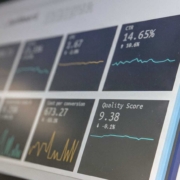Do robots have the future?
Unions are getting nervous. Employers are eagerly looking forward to it. Robotization has a long way to go, however, and tax reforms could throw a spanner in the works.
In fact, robotization has been on the way for a long time. Many robots are already involved in the assembly of cars within the automotive industry. Robots are also already being used for the unloading of freight, together with a high degree of mechanization and software packages that ensure the most efficient use of resources.
Urge for innovation
One of the reasons that leads to mechanization, automation and robotization is the research urge of man himself. Fundamental research has paved the way for 3D printing, of which we are only now realizing what the application can be. Another stimulus for innovation is relieving the burden on people during heavy labor. Heavy physical labor has been greatly reduced in the past 50 years. This has enabled working conditions to improve considerably and the number of people who have been ‘burnt out’ has fallen sharply. More from an economic point of view, innovation is applied to increase labor productivity and take the costs of labor out of the process, thereby achieving significant cost savings.
Efficiency
For the business economic argument, the return on investment in innovation is central. Rising labor costs and related social charges are quickly decisive in favor of innovative applications. Mechanization and a high degree of automation were the result. For the same reason, robotization can conquer the market. However, there is a hijacker on the coast.
From labor to raw material.
Under pressure from climate change, scarcity of raw materials and energy, the call for a different form of [income] tax is getting stronger. No longer should labor be taxed heavily, but the raw materials. That, if implemented significantly, will provide a completely different outcome in the ROI calculation of innovation projects. In terms of costs, people could never compete with innovative projects, but that may change.
In Asian countries where plenty of labor is available at a very low cost, mechanization barely gets off the ground, let alone robotization. Although companies need many workers, the costs per worker are so low that investing in innovations barely pays off. [Not counting the social consequences here]
Specialization
For the time being, humans have the advantage of remaining necessary in exceptional situations. Human consciousness is more creative and can devise out-of-the-box solutions where software and robots get stuck. Man will increasingly shift to the front of the process. The design, organization and control of processes in organization, in which repetitive work is carried out via mechanization and robotisation.
The implementation of innovations is often unruly, as history shows. Many mechanization solutions often prove not to get off the ground due to technical complexity and commercial considerations. The continuously changing market often catches up with implementations, which often means that they are abandoned early.
Supply Chain
The shift in costs from labor to raw material will cause a greater shift within supply chains than robots. Just think about the cost of inventory in the supply chain. Organizations will drastically shorten the lead time and length of their supply chain. Warehouses are increasingly shifting to cross-docking. And 3D printing, where more and more products can simply be printed, will reduce the need for storage.
Future.
So do robots have the future? Western society is at an important crossroads in its development. The mentioned trends will be the actual game changer. Innovation will always go on, but a world in which the robot will make humans superfluous is more of a fear than a real future.









